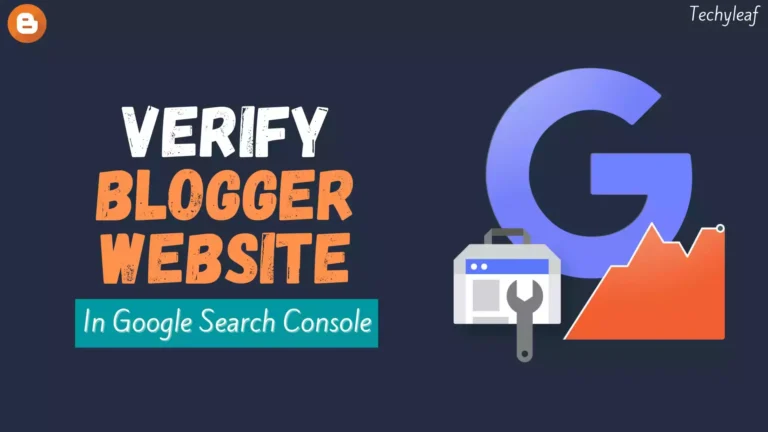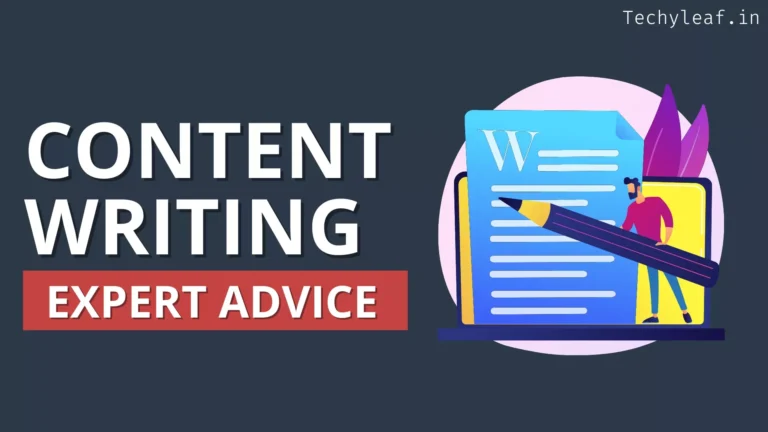9 SEO Techniques to Boost Your Website Traffic

SEO has become a much more complicated endeavor over the years, and it’s not just about keywords anymore. Google and other search engines have made a number of improvements to how they rank websites with the goal of providing users with more relevant results and better click-through rates (CTR) for advertisers.
That means that optimizing your site and writing quality content will always be important—but now you also need to consider other factors like keyword intent, site structure, link-building strategies, and many others.
Let’s explore some of these techniques in detail so you can start using them right away!
1. Optimize for Organic Search Traffic
One of the best ways to boost your website traffic is through organic search, but there are a few tips you can use to get more from your efforts.
For example, if you want to drive more traffic to your site, it’s important that you know what keywords people are searching for. You can do this by performing keyword research on Google Trends or Keyword Planner (which is now part of Google Search Console).
Once you know what keywords people are searching for, write content that answers their questions and provides value. This will help improve your rankings on search engine results pages (SERPs). For example:
If someone types “How do I make chocolate chip cookies without eggs?” into Google Search and clicks on one of the top results containing this question, they will find an article with instructions on how the best way to cook up some delicious cookies without using any eggs at all! This means more traffic coming directly from interested consumers looking online for answers—the holy grail of SEO success!
2. Use Long-Tail Keywords that Match the Search Intent
When it comes to SEO, long-tail keywords are the way to go. Longer, more specific search queries are more likely to convert while also being easier to rank for and less expensive than short-tail keyword phrases. The former are also easier to rank for because they’re not as competitive, but can still be worth more on the SERP (search engine results page) because they tend to carry higher click-through rates (CTRs) and conversion rates.
3. Optimize for Position Zero
Position Zero is the top spot on the first page of search results. It’s a coveted place to be because it means you’re one of the first results that people will see when they look for your product or service. Getting into Position Zero requires some serious SEO know-how, but it’s worth it!
4. Write Content with a Purpose
A lot of businesses focus on providing the best service possible to their customers, but they forget that there are other ways to do this. Because SEO can help increase traffic to your website, it’s important to consider how you can optimize your content strategy for search engines.
In order to rank higher in search results and gain more organic traffic, you must write engaging and useful content that answers the questions people ask in their natural language. This means using keywords appropriately throughout the text so it’s comprehensible for both humans and bots alike!
5. Use Familiar Branding on Your Website and In-Bound Links
Branding is one of the most important aspects of SEO. It’s what helps people recognize your brand, remember it, and trust it.
But getting consistent branding across all your channels can be difficult. It takes time and money—and if you make a mistake in how you’re presenting yourself online, it can be difficult to change course.
Internal Backlink is a great way to drive more page views from existing traffic and it also helps you increase your domain authority.
6. Optimize Your Content for CTR
You can optimize your content for a better click-through rate (CTR) by using keywords in page titles, page headings, and body text. It is also important to include the keywords you want to rank for in the first 100 words of the page and the last 100 words of a page.
Include these keywords in the URL as well as meta description, alt text of images, and captions. You should also use your targeted keywords in file names of images and internal links (anchor text).
You can find the missing Image ALT tags on your website by following this technique. (Video Guide)
7. Add Structured Data Markup
Structured Data Markup is a way to mark up (or add data) your website to tell Google what your site is about. The markup includes additional information about the pages of your website, such as its name and description, authorship profile, and other details that help search engines properly identify it.
Structured data makes it easier for search engine algorithms to crawl through content in your sitemap on websites with large amounts of content. It also allows you to provide important information such as author rank, language, country targeting, etc., which are only possible using Structured Data Markup.
With structured data markup, there’s less work required by Google’s crawlers because they can easily interpret how each page of yours is related to another page by simply looking at their respective schemas defined within those two pages themselves rather than having someone manually update these values all over again every time something changes (which may not always be beneficial when trying hard enough just keep things simple). You can generate these schema markups using an online schema markup Generator.
Some common Structure data markups are given below.
- Article schema
- FAQ Schema
- Job posting schema
- How to schema
- Video schema
- Star rating
- product
- person
- website
- breadcrumbs
8. Create Dedicated Landing Pages for Your Keyword Topics
You might be wondering how to craft a landing page for each keyword. The process is simple:
Create a new webpage and add the keyword in the title, meta description, and body of your content. Use this word in the URL for easy SEO ranking.
Use it in the alt attribute of images on your site too! This way, if someone searches for keywords related to your products/services, their search results will include links that show pages with relevant information about those topics (which can help boost traffic).
It’s also important to create H1 tags that include relevant phrases from your content so they’re easily recognizable by search engines like Google or Bing when they crawl through various sites looking at what’s happening online right now.”
9. Get Listed in Online Directories and Local Business Listings
The importance of having your business listed on Google My Business:
Google My Business is the platform where you can verify your business address and add photos, hours, specialties, and more. You can also claim your listing through Google Maps if it has been claimed by someone else. This will make sure you’re the only one who can edit this information in the future.
Click here to learn how to add a business listing on Google My Business.
Conclusion
Let’s summarize the SEO techniques that will help you boost your website traffic. You need to optimize your title and meta description, Optimize the content for feature snippets, add proper schema markups, use long-tail keywords, and do proper internal and external linking.
If you want me to Optime On-Page SEO of your website then you can Hire me on Fiverr. It is one of the keys to getting More Organic Traffic.
Don’t forget to check out our SEO For Beginners playlist on YouTube. If you like this content then you can share it on social media platforms.


![What is Backlink with Example [Infographics]](https://www.techyleaf.in/wp-content/uploads/2022/06/What-is-Backlink-768x432.jpg)


